In a country of gourmands, everything in the supermarket should taste great. Right?
Not so fast. There are several types of food you probably do not want to try in a normal Japanese supermarket, unless your palate is drawn to the slimy or spicy. Find out here what to avoid.
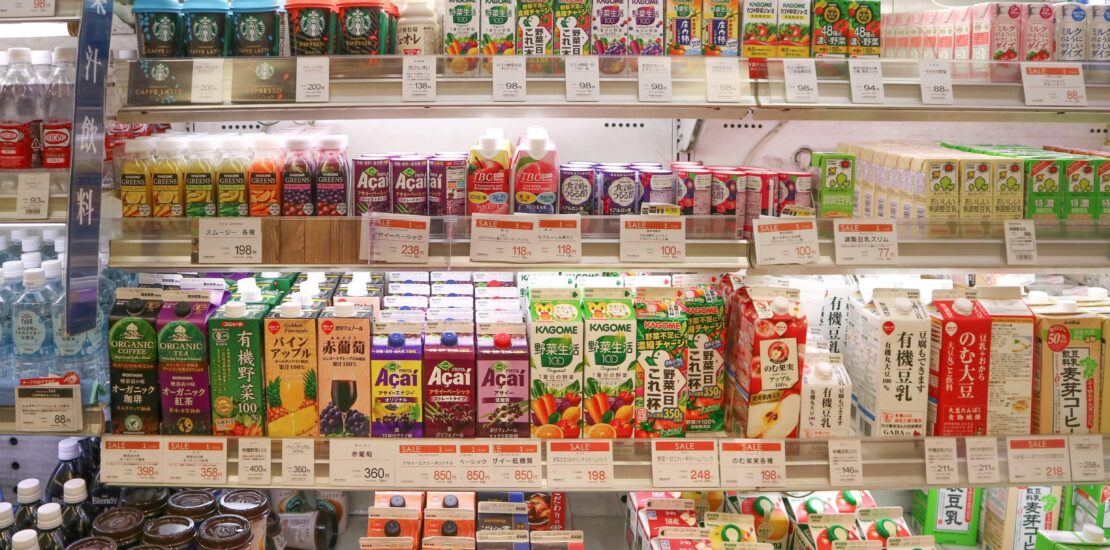
Foods To Avoid In Japanese Supermarkets
Despite the culinary reputation of the Japanese cuisine, not all the parts of a Japanese meal are for everyone. Some kinds of food a beginner is better off staying away from. And we are not talking about raw fish – not raw meat wither, despite horse meat sashimi being quite popular in Kyushu.
A typical home meal in Japan, if you are not enjoying a fancy dinner, consists of rice, toppings, and maybe a grilled fish. Usually, there is miso soup and maybe a vegetable dish, usually pickles, as well.
But those toppings can be unpleasant, if you are not used to them. In particular the fermented soybeans – natto.
The original probiotic
Natto was the worlds original probiotic (and arguably superfood too). It was the subject of the first biotechnology patent in the world, and there are more kinds of natto than cheese in most Japanese supermarkets.
There are many different kinds of natto, both when it comes to the size of the beans and different flavorings. Whole beans, and whole big beans, taste different than split beans (very popular in sushi). There is natto with umeboshi (pickled plums), with wasabi, with egg, and many other flavors. And where the beans come from matter too. Beans from Hokkaido are highly-priced, but locally grown beans from local makers are even more popular.
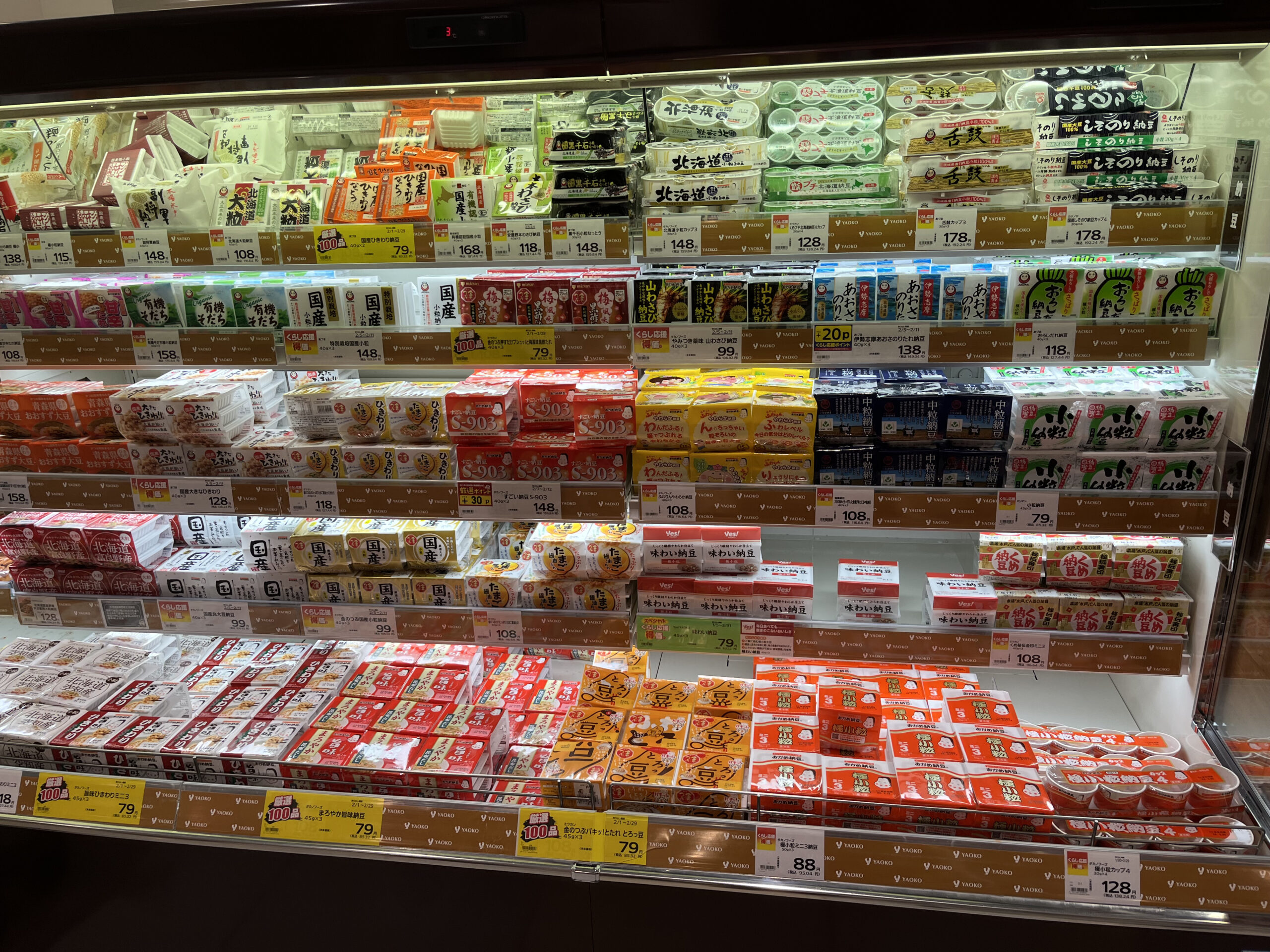
Typically, natto comes in a small plastic box with sauce and mustard inside. But you can also buy natto in the original packaging made from rice straw. At least in Ibaraki, the part of the country where the population eats the most natto, and where it is so popular that the cheerleaders at local baseball games do a little dance about how to whip up your natto to a particularly attractive fluffy sliminess.
Consistency turn-off
The consistency is the main reason foreigners are turned off by natto. The nutty taste is quite pleasant. If you can find “dry natto” where the beans have been deep-fried to make them appear like ordinary beans, make for a great snack.
If you should dare to try natto, use separate utensils (the normal way to eat them is with chopsticks). And wash them with dishwashing soap. The natto bacteria are very aggressive, and if you use the same chopsticks to take something else, the bacteria will invade that dish. Leave the leftovers in the fridge overnight, it will be as slimy as the natto in the morning.
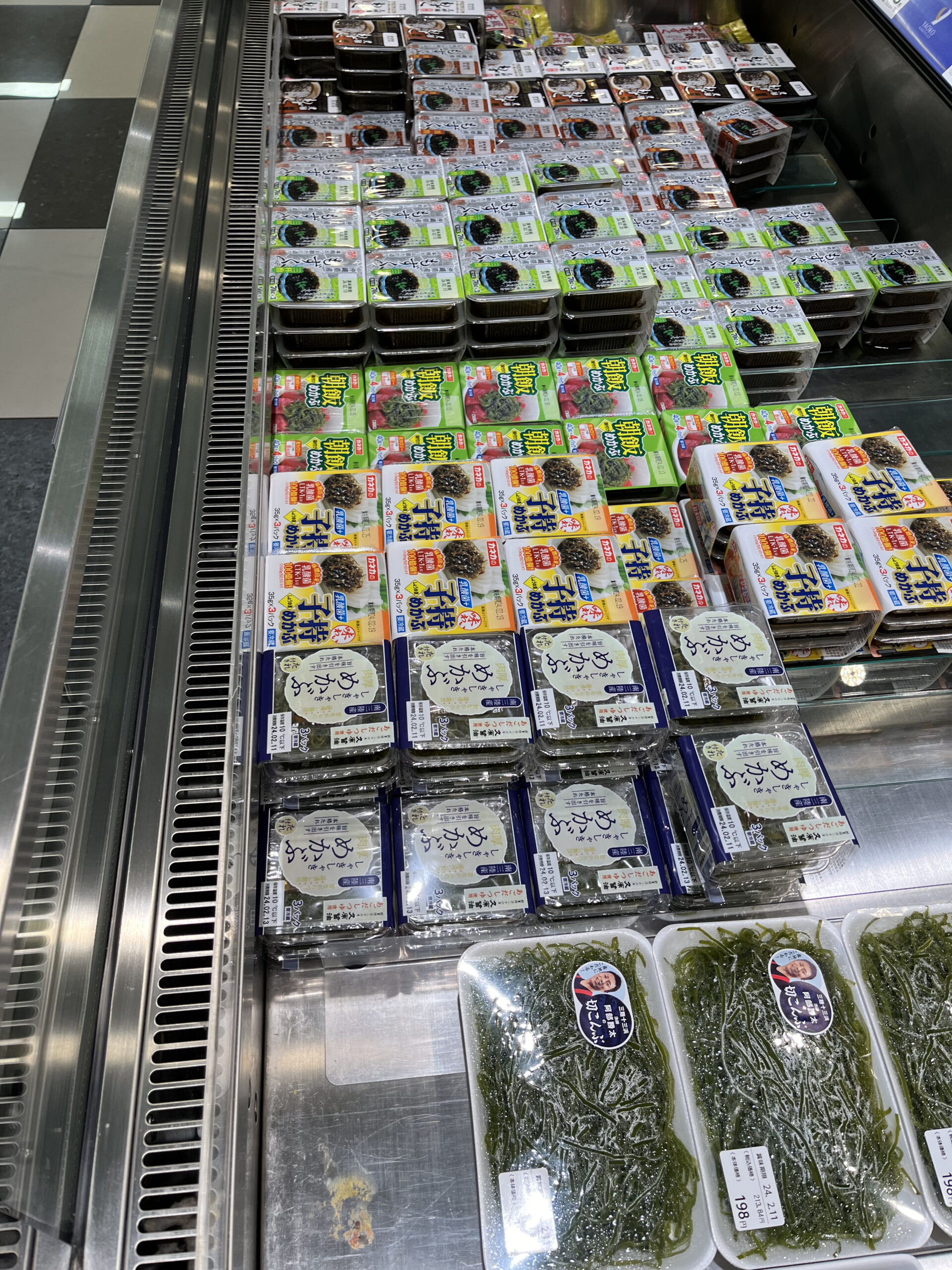
The Japanese cuisine leverages seafood in many ways, and salted and slightly fermented octopus – shiokara – is a popular accessory with rice. It tastes fishy and salty, but it is not just salt – something extra comes with the squid, which adds both umami and consistency. Usually made from squid that is salted and then fermented, the taste here is probably much less of a consistency, which is slimy in a different way from natto or mekabu.
A popular food to mix with natto is seaweed, but while seaweed is a popular ingredient in salads and indispensable as the wrapper around onigiri, the ubiquitous rice balls, this is a different kind.
Slimy seaweed
Mekabu is a kind of seaweed that come in little plastic boxes, usually transparent. The green mass that sloshes around in the box is as slimy as natto, but there are no aggressive bacteria in it. It is definitely an acquired taste, as is mozoku, another slimy algae, although steeped in vinegar.
There are several kinds of salads in the seafood department, many made with mayonnaise, some with fish roe, and occasionally mixed with pickled wasabi stems. That makes them quite spicy, and if you do not like the mustardy spiciness of wasabi, it is better avoided.
Unfamiliar consistencies is one reason to avoid foods, as you might not find yourself able to swallow them. Taste is, of course, another. If you do not have any problems with spicy foods, you might appreciate the many kinds of kimchi available in Japanese grocery stores. Although probably not if you are Korean, because even if there are kinds of kimchi that taste like they were taken from a Korean kimchi cooler, most kinds in the supermarkets are adapted to the Japanese taste, and both sweeter and more vinegary than the original.
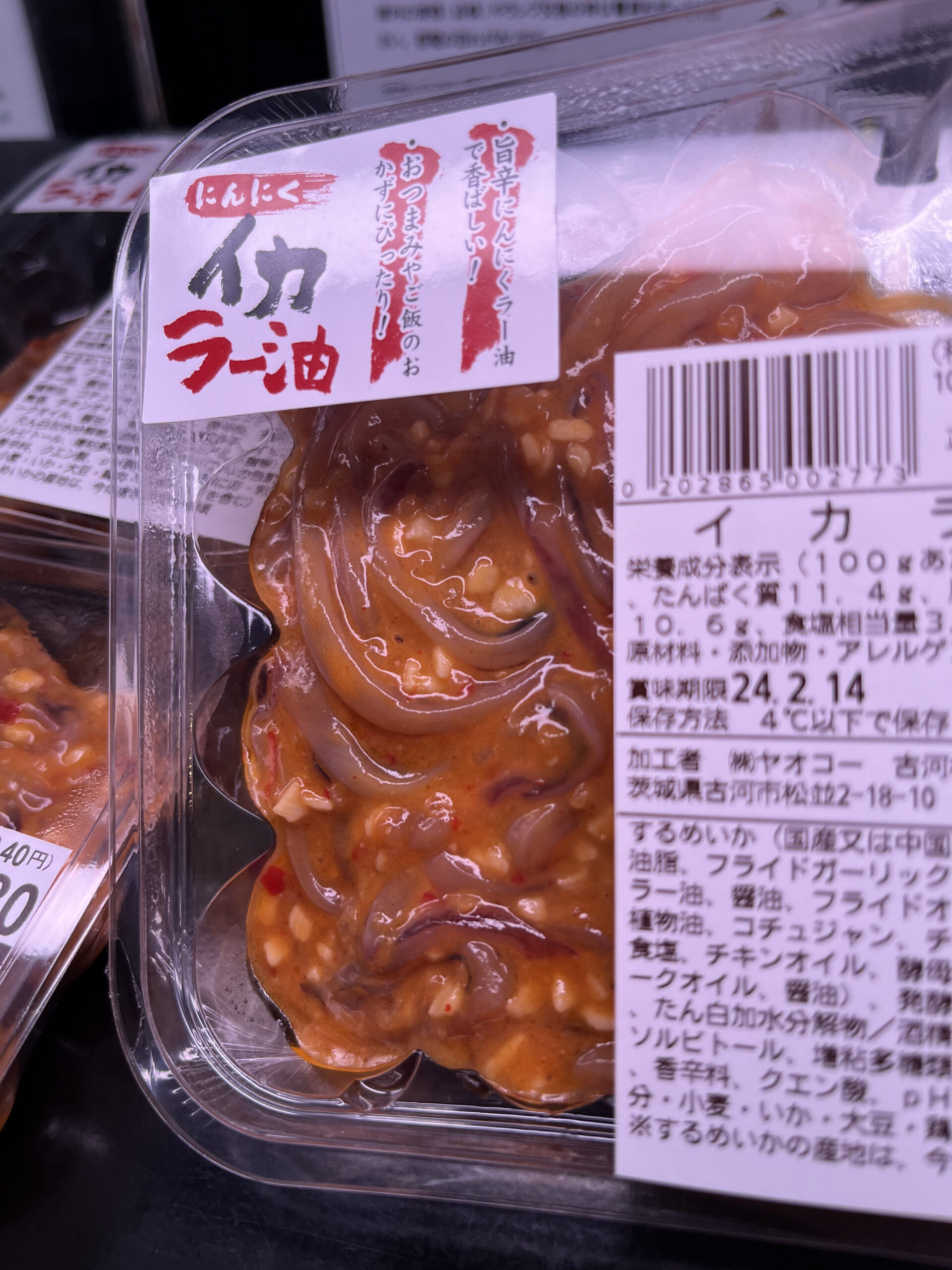
Pickles to avoid
That is not to say the Japanese do not make great pickles. There is usually an entire department in the supermarkets dedicated to pickles, in a bewildering range from lactofermented nuka-zuke (pickled in rice bran) to smoked daikon from Fukushima. While most of them are no strangers to the Western palate, you are better off avoiding the orange-colored ones, and definitely avoid serving it to your children. The orange pickles are pickled in miso, and unusually sharp in the taste for a Japanese food. Usually, the goal of a Japanese chef, even at home, is to make everything harmonious, both in terms of taste, visually, and texture-wise. The miso-pickled vegetables stand out both in color and taste, and need to be used with moderation.
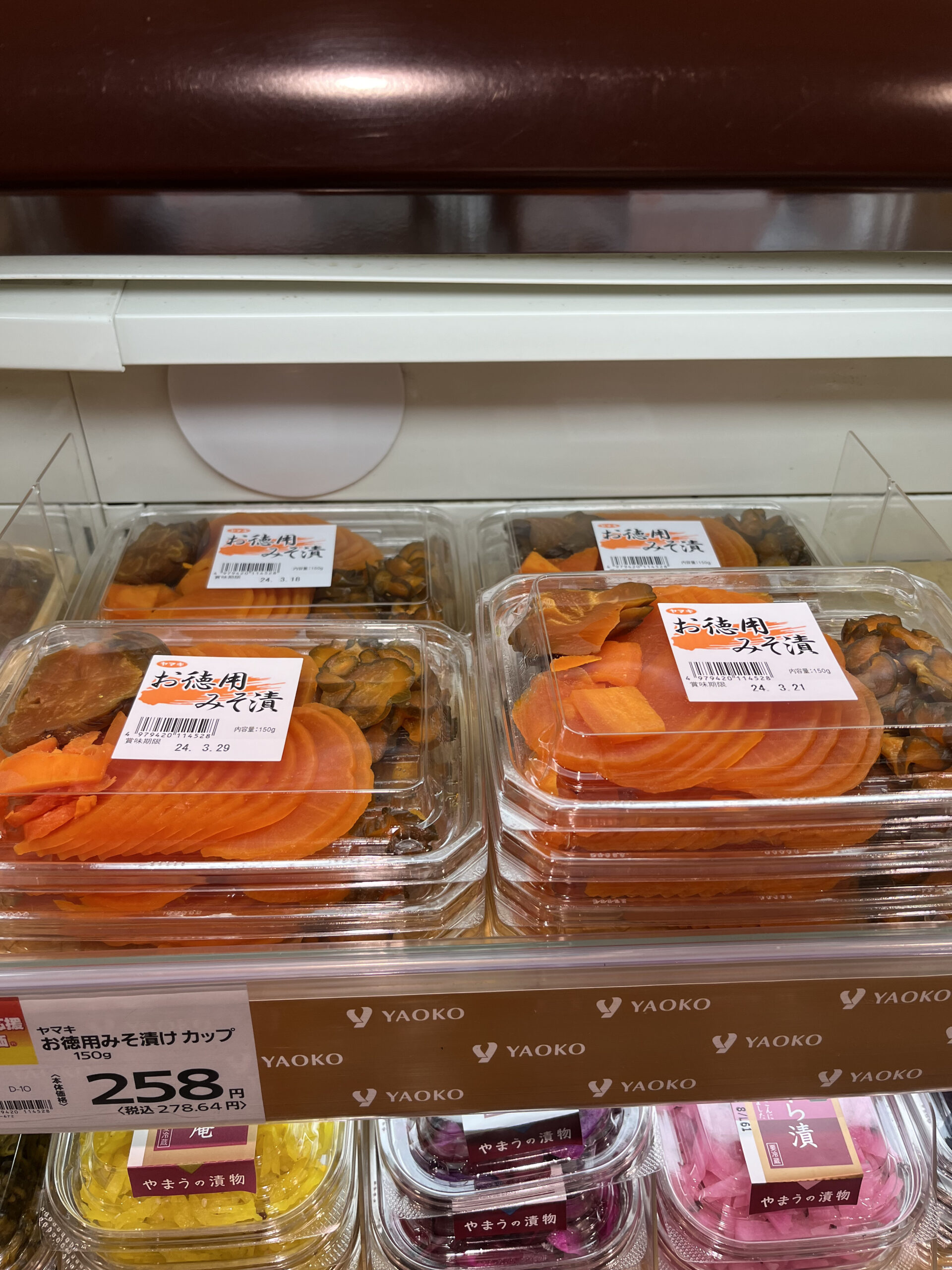
Another pickle – that may actually make you pickled – is nara-zuke, where the vegetables are pickled in sake lees – the leftover solids from the production of Japanese rice wine. The principle is the same as nuka-zuke, where the rice bran contains the lactic acid fermentation bacteria, but in nuka-zuke the fermentation takes place in untreated rice bran, whereas the sake lees are impregnated with alcohol from the production process, and the yellowish power that breaks up into lumps shut out the air and impregnates the pickles.
The taste is a little sharper than you may be used to in a pickle, but it is quite high in alcohol, absorbed from the sake lees. While it is nowhere near the alcohol levels in even the weakest of Japanese beers, it is nothing you want to give to your children.
Replacing milk the wrong way
During the Edo era, cows were revered – not quite as much as in India, but Buddhism after all shares roots with hinduism, and cows were revered to the extent that they were not eaten, and the milk usually used straight away, if at all. Cheese and yoghurt were quite alien to Japanese during the Edo era.
The drink of choice, besides tea, was soy milk – but that was usually turned into tofu, and there are almost as many kinds of tofu in Japanese stores as there are natto. If you get the chance, try the ”yuba”, which is not usually sold in grocery stores since it is supposed to be eaten fresh and is a bit tricky to prepare.
Soy products, however, keep popping up in the Japanese kitchen. Some are more successful than others – the spy meats can, in the right dishes, appear undistinguishable to ordinary meat. But others are less successful. Like the soy yoghurt. The manufacturers appear to have thought ”well, it is almost like milk, so let us make yoghurt”.
It is, to paraphrase Douglas Adams, ”not quite, but entirely unlike yoghurt”. While soy milk does behave like milk in some ways, it does not react in quite the same way when you add yoghurt bacteria to it. Or else it is the yoghurt bacteria who behave differently when you put them in soy milk.
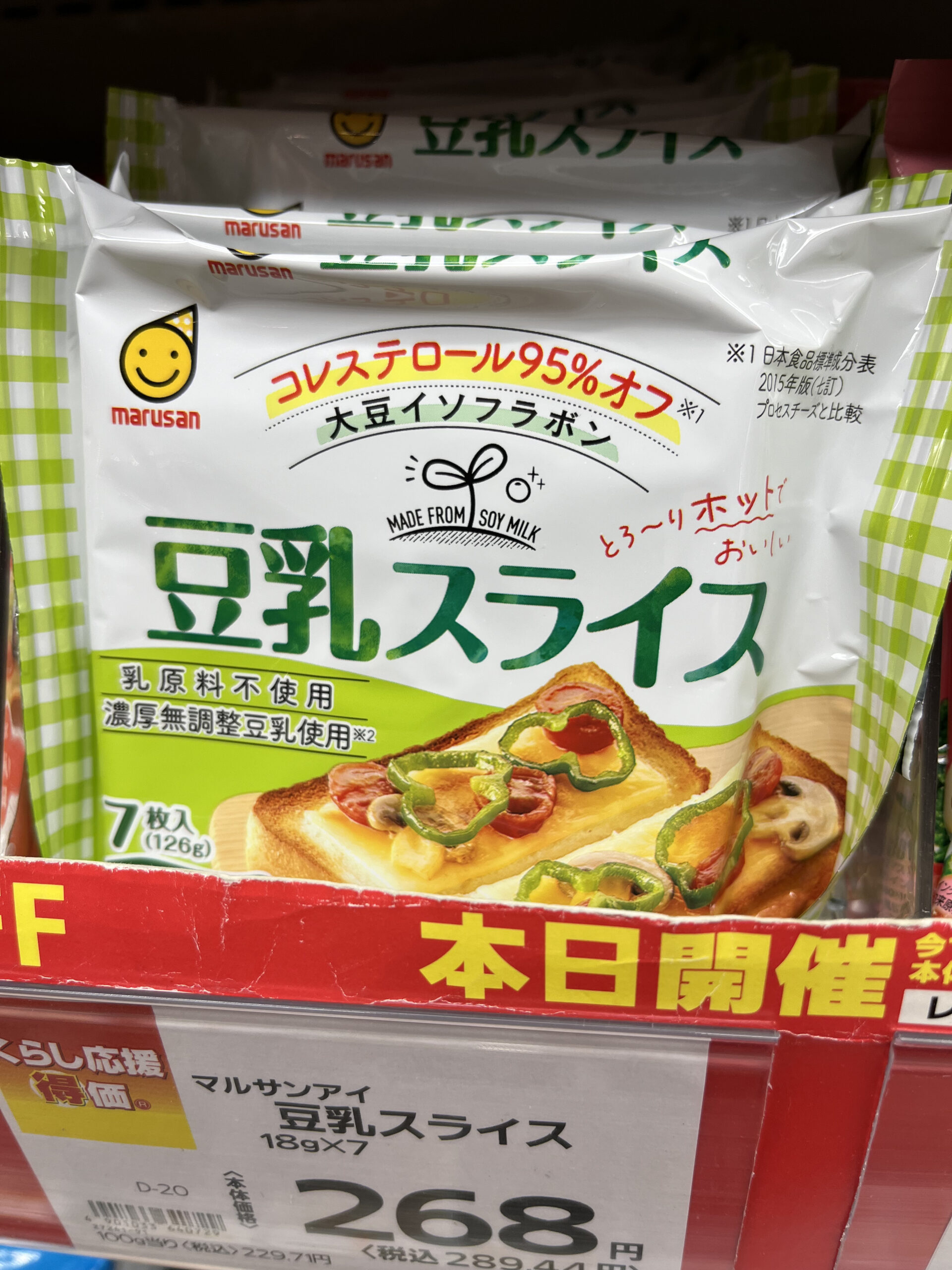
Not only does it taste like something is missing, you also get the distinct mouthfeel that there is something which should not be there. The consistency of most soy yoghurts is different from the consistency of milk yoghurt, and not always in a pleasant way. And the taste is nutty and sour at the same time, which takes some time getting used to. If you want to try. Soy milk is also used to replace milk in cheese, and this is also an unusual experience that you may not want to try.
Related Articles
Warning: Undefined array key "sfsi_threadsIcon_order" in /home/veremosglobal/tokyoroomfinder.com/public_html/blog/wp-content/plugins/ultimate-social-media-icons/libs/controllers/sfsi_frontpopUp.php on line 165
Warning: Undefined array key "sfsi_blueskyIcon_order" in /home/veremosglobal/tokyoroomfinder.com/public_html/blog/wp-content/plugins/ultimate-social-media-icons/libs/controllers/sfsi_frontpopUp.php on line 170
Warning: Undefined array key "sfsi_bluesky_display" in /home/veremosglobal/tokyoroomfinder.com/public_html/blog/wp-content/plugins/ultimate-social-media-icons/libs/controllers/sfsi_frontpopUp.php on line 266



